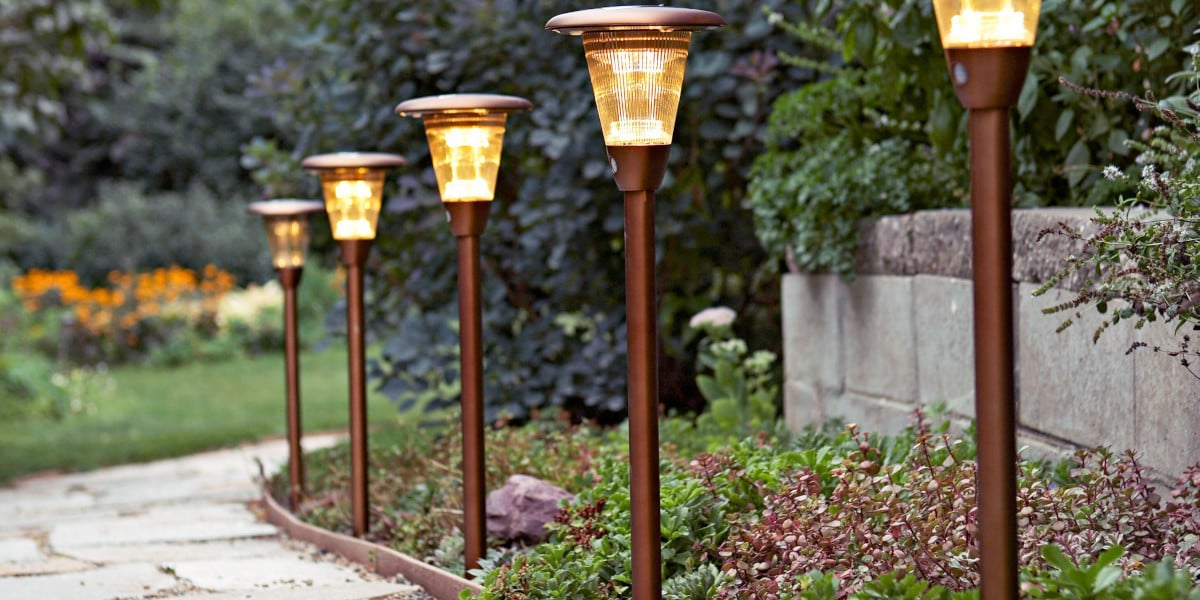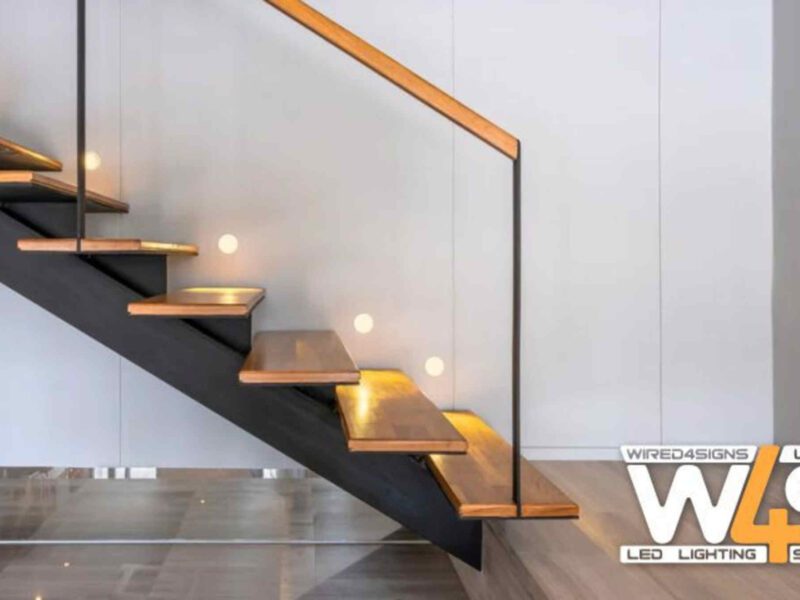
Things To Consider When Buying Solar Lights
The need to conserve natural resources in climate change and the high cost of natural resources make people shift to renewable energy. Solar energy is one of the most famous sources of renewable energy. In many outdoor settings, solar lighting is a fantastic choice, not least because it is both cost-effective and ecologically beneficial. The following points should be considered before you go out and purchase the best solar security lights for your home.
Factors To Consider Before Buying Best Solar Lights

# What is the difference between HID and LED lights?
Traditionally, high-intensity discharge (HID) lights were used to illuminate the majority of city streets. The most widely used high-intensity discharge metal halide lamps are composed of an arc tube (burner), an outer envelope (bulb), and a starting gas. It is the ballast that gives voltage to the ceramic or quartz arc tube, which in turn causes the gas to become ionized (usually argon, mercury, and metal halide salts).
As the temperature and pressure within the bulb rise, the materials in the arc tube evaporate, producing light and ultraviolet radiation as a result. These lights are extremely bright, but they must be updated every few years since they are inefficient in terms of energy use. These do not qualify as a feasible solar alternative.

Light-emitting diodes (LEDs) create visible light by using small microchips embedded within the diode. This technique of light generation is extremely efficient, and the “bulbs” do not burn out like those found in traditional light fixtures. LEDs, on the other hand, suffer from lumen degradation, which causes them to fade over time gradually.
Although this is a lengthy process, you would not need to replace your LEDs for many years after they have been installed.

# Lighting efficacy is important.
Lumens per watt (lm/w) is the unit of measurement for lighting efficiency. This grade is essential because it will tell you how much light is created in relation to the amount of energy consumed. It is just the product of total light output (lumens) divided by the amount of electricity applied (watts). High-lumen solar lights are not necessarily the most effective, and you should pay close attention to how effectively the luminaire concentrates its illumination.

# Different levels of illumination
The Illuminating Engineering Society of North America (IES) publishes suggested light levels for various lighting applications, which you can consult for further information. Footcandles (FC) is the basic unit of measurement for light falling on a surface, and the amounts prescribed are measured in footcandles.
With the use of a portable light detector, measurements may be obtained. At the very least, a 4:1 (bright/dark) ratio between the brightest and darkest region is regarded as acceptable, although a 3:1 ratio is preferred.
When it comes to street lights, footcandles are more important than lumens since they indicate how much lighting is actually being received by the ground. Colour temperature, which is measured in degrees Kelvin, is also an essential factor to take into consideration.

# PIR (passive infrared) motion sensors
Many solar street lights are equipped with a passive infrared sensor (PIR) to aid in the conservation of battery life. All things with a temperature greater than absolute zero produce infrared radiation as a result of the thermal energy they contain. These sensors function by detecting the infrared light emitted by the object, which allows them to detect movement.

# Energy storage with solar and batteries
Solar street lights gather energy from the sun and store it in a battery, which can then be used to power your lighting needs. Photovoltaic cells absorb energy from the sun and store it in a battery. Look for a solar panel and battery combo that has a high milliampere-hour (mAh) capacity to conserve energy.
When looking at the energy drawn by the luminaire, make sure the solar panel and battery are in the proper ratio. Check to see that the solar panel has enough capacity to charge the battery and that the battery has the capacity to power the light for a number of hours.

#Distance and angle of detection
The detection distance and angle must be taken into consideration when using a solar security light to illuminate a building. The majority of solar security lights have a detection angle ranging from 120° to 180° around the entire device. In addition to considering the angle at which the light will be positioned, you need to consider the detection distance as well. Some lights may only detect objects within 20 feet of the light, but this still offers adequate illumination for places such as entranceways, strolling pathways, and locations near the home.
For a bigger area, such as a backyard, you will want something with a greater detection distance and an angle that is greater than the current setting. Choosing a solar security light with a lower angle and a shorter detection distance is preferable if you are only illuminating a small space. Higher detection angles and longer detection distances are recommended for bigger regions.

#Waterproof Rating
As you know that your solar light will be placed outside the home, then you have to make sure that the solar light you are planning to purchase should have a high rating of waterproof.
The waterproof rating is measured with IP. So, any solar lights with a rating of IP65 or higher than this are the best solar lights for outdoor use.

Final Words:
Installing solar-powered outdoor security lighting is a simple process. They have also been shown to be quite helpful in discouraging criminal activity. When you maintain your property properly lighted, you can reduce the number of hiding places that thieves may use to conceal themselves.
There are many other factors that need to be considered before buying the best solar security lights. Ultimately, we hope that our list of factors will help you to make a decision. If you have any doubts, you can ask us in the comment section below.







